Cemetery Innovation Throughout History

Cemeteries have evolved dramatically over the centuries, reflecting cultural values, technological progress, and changing societal needs. From ancient monumental structures to today’s digital tools, the way we honor and remember the departed has seen remarkable innovation.
The Ancient Necropolises of Egypt
The Egyptians were among the first to create elaborate burial sites. The Giza Necropolis, with its towering pyramids, served as both a burial ground and a testament to the cultural significance of the afterlife. These structures were designed to ensure a smooth passage for the deceased into the next world. The scale and precision of these necropolises remain a marvel even today.

Roman Catacombs
Early Christian communities in Rome faced challenges finding burial spaces. Their solution? The Roman Catacombs, vast underground networks of tombs. These spaces were both practical and symbolic, offering a place for worship and reflection during times of persecution.
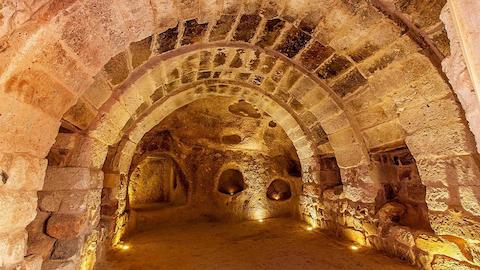
Medieval Churchyard Cemeteries
During the Middle Ages, cemeteries were often located near churches, reinforcing the connection between faith and burial rites. These churchyard cemeteries prioritized proximity to sacred spaces, believed to offer spiritual protection for the deceased.
Iconic examples include St. Paul's Cathedral Churchyard in London, which has been a burial site since at least the 7th century, and Greyfriars Kirkyard in Edinburgh, famous for its history and legends.
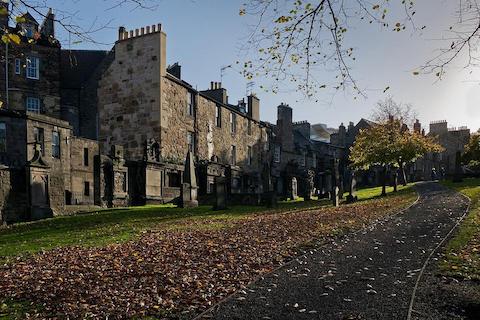
The Garden Cemetery Movement of the 19th Century
In response to overcrowded urban graveyards, the garden cemetery movement introduced green, park-like burial spaces. Cemeteries such as Père Lachaise in Paris became places of mourning, art, and leisure, blending natural beauty with monumental tombs. This approach inspired a more serene and reflective experience.
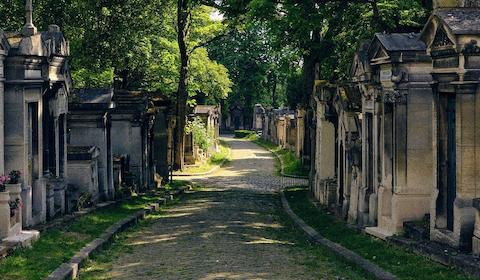
The Rise of Cremation and Columbariums
Cremation gained popularity in the 19th century due to space concerns and shifts in cultural attitudes. This innovation paved the way for columbaria, structures designed to house urns. Cremation challenged traditional burial practices and influenced modern cemetery design.
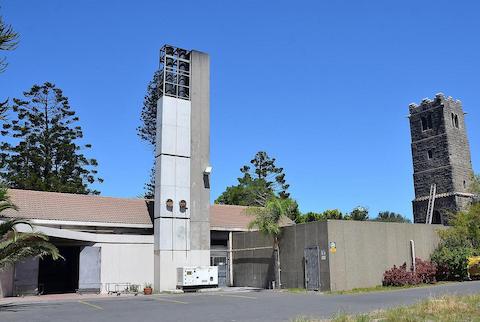
The Memorial Parks of the 20th Century
In the early 20th century, memorial parks emerged as another solution to urban cemetery challenges. These spaces minimized large monuments, focusing on well-manicured lawns and subtle markers. Forest Lawn Memorial Park in California became a model for this trend, emphasizing simplicity and accessibility for families.
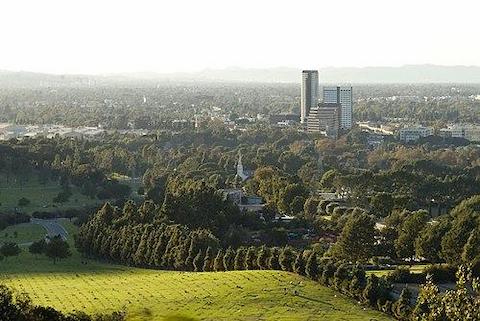
The Adoption of Cemetery Management Software
In recent years, cemeteries worldwide have embraced cemetery management software to meet modern expectations and preserve their legacy. These systems consolidate essential functions, making cemetery operations more efficient and accessible.

Features often include digital inventory management to maintain accurate records, GPS-enabled maps to assist in locating plots, and online memorial pages for personalized tributes. Other tools, such as work order management and financial reporting, simplify everyday tasks, ensuring a streamlined experience for both cemetery staff and visitors.
By adopting these technologies, cemeteries can offer families more convenience and enhance their operational integrity, blending tradition with innovation.
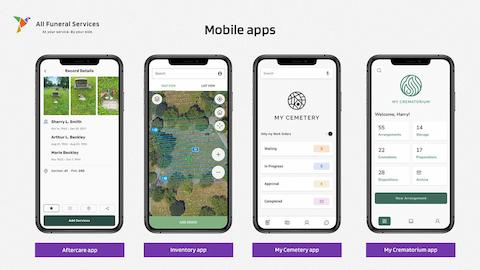
At All Funeral Services, we’re continuing this legacy of innovation by offering cutting-edge cemetery management software. Our tools help cemeteries preserve their history while managing operations efficiently, ensuring they remain relevant in the digital age.
Explore how we can help your cemetery stay at the forefront of innovation!